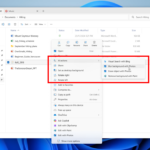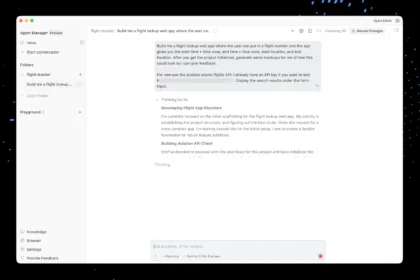In today’s fast-changing world of technology, one concept has risen to the center of innovation: Large Language Models (LLMs). These systems are transforming how humans and machines communicate, reshaping industries, and unlocking new possibilities that were once only imagined in science fiction.
But what exactly are LLMs, and why are they so important? Let’s break it down.
What Are Large Language Models
At their core, Large Language Models are advanced systems trained to understand and generate human language. They learn by processing enormous amounts of text—from books and articles to websites and conversations—allowing them to capture the structure, meaning, and nuances of language.
Unlike traditional software that follows strict rules, LLMs don’t rely on fixed instructions. Instead, they recognize patterns in text and use those patterns to predict the most likely next word, phrase, or sentence. This ability makes them incredibly flexible and adaptable for a wide range of tasks.
Why LLMs Are a Breakthrough
LLMs represent a leap forward because of their accuracy, adaptability, and scale. A few key reasons stand out:
1. Human-like Interaction: These models can carry on conversations, answer questions, and even provide context-aware responses that feel natural. This makes them invaluable for applications like chatbots, customer service, and personal assistants.
2. Versatility Across Industries: From healthcare to finance, LLMs are helping professionals analyze data, summarize reports, generate code, and even support medical research. Their ability to adapt to specialized fields through fine-tuning means they can quickly become domain experts.
3. Efficiency and Productivity: Tasks that once required hours of manual effort—such as summarizing long documents, drafting reports, or translating languages—can now be completed in seconds. This shift is not just about convenience; it’s about redefining productivity.
The Technology Behind LLMs
The secret to their power lies in how they are built:
- Training on Vast Data: By consuming massive text collections, LLMs develop a deep “sense” of how language works.
- Self-Improvement: They adjust millions (or even billions) of internal parameters during training until they become highly accurate.
- Fine-Tuning for Specialization: Once trained, they can be customized for specific tasks—such as legal document review, coding, or scientific analysis—using smaller, focused datasets.
This combination of scale, flexibility, and precision is what sets LLMs apart from previous generations of language technologies.
Real-World Applications of LLMs
The impact of Large Language Models is already visible across countless industries:
- Content Creation – Writing blogs, articles, scripts, and marketing copy.
- Education – Assisting teachers, tutoring students, and simplifying complex concepts.
- Healthcare – Supporting medical diagnostics, analyzing research, and improving patient communication.
- Business & Customer Service – Powering chatbots, automating support, and streamlining workflows.
- Programming – Helping developers write, debug, and optimize code.
- Social Media & Analytics – Understanding trends, sentiment, and audience behavior at scale.
Open-Source Models
Another reason LLMs are booming is the democratization of access. In recent years, several open-source models have been released, giving developers, startups, and researchers powerful tools without the high costs of proprietary systems.
Notable examples include:
- Meta’s LLaMA 2 and OPT
- Google’s BERT and Gemini
- Hugging Face’s BLOOM
- Salesforce’s XGen-7B
- EleutherAI’s GPT-NeoX and GPT-J
These open models empower individuals and organizations worldwide to build customized applications, experiment with cutting-edge research, and create innovative products.
The Road Ahead: Toward Smarter Systems
LLMs are not just tools—they are stepping stones toward more intelligent systems that can reason, learn, and solve problems across domains. Many experts see them as early building blocks on the path to Artificial General Intelligence (AGI)—machines that could one day match human-level understanding and reasoning.
While that vision is still in development, the progress so far demonstrates just how transformative LLMs have become.
Large Language Models are more than just a technological trend—they are shaping the future of how we work, learn, and interact with digital systems. Their ability to understand and generate human language with remarkable precision makes them one of the most important breakthroughs of our time.
As industries continue to adopt and innovate with these models, their influence will only grow. Whether through personalized education, improved healthcare, smarter business tools, or creative expression, LLMs are redefining what’s possible in the digital age.











